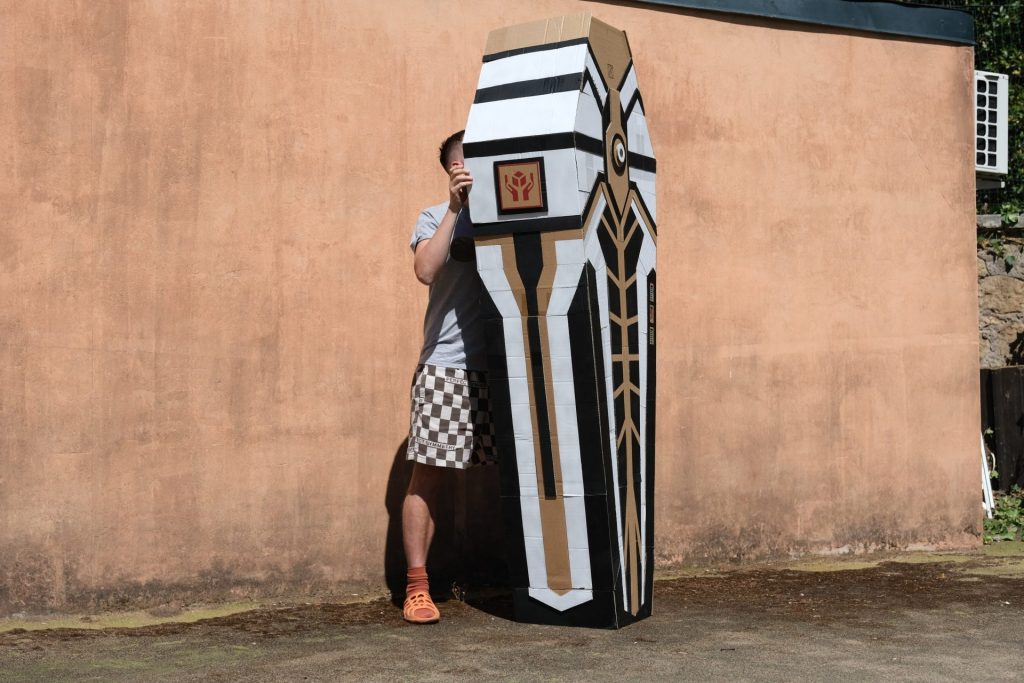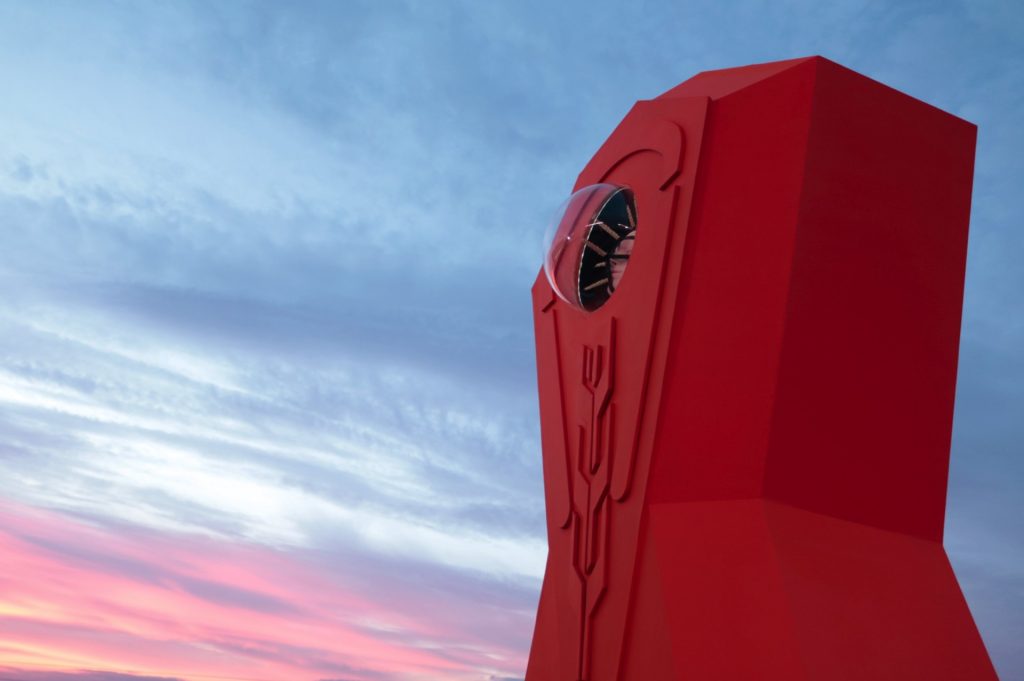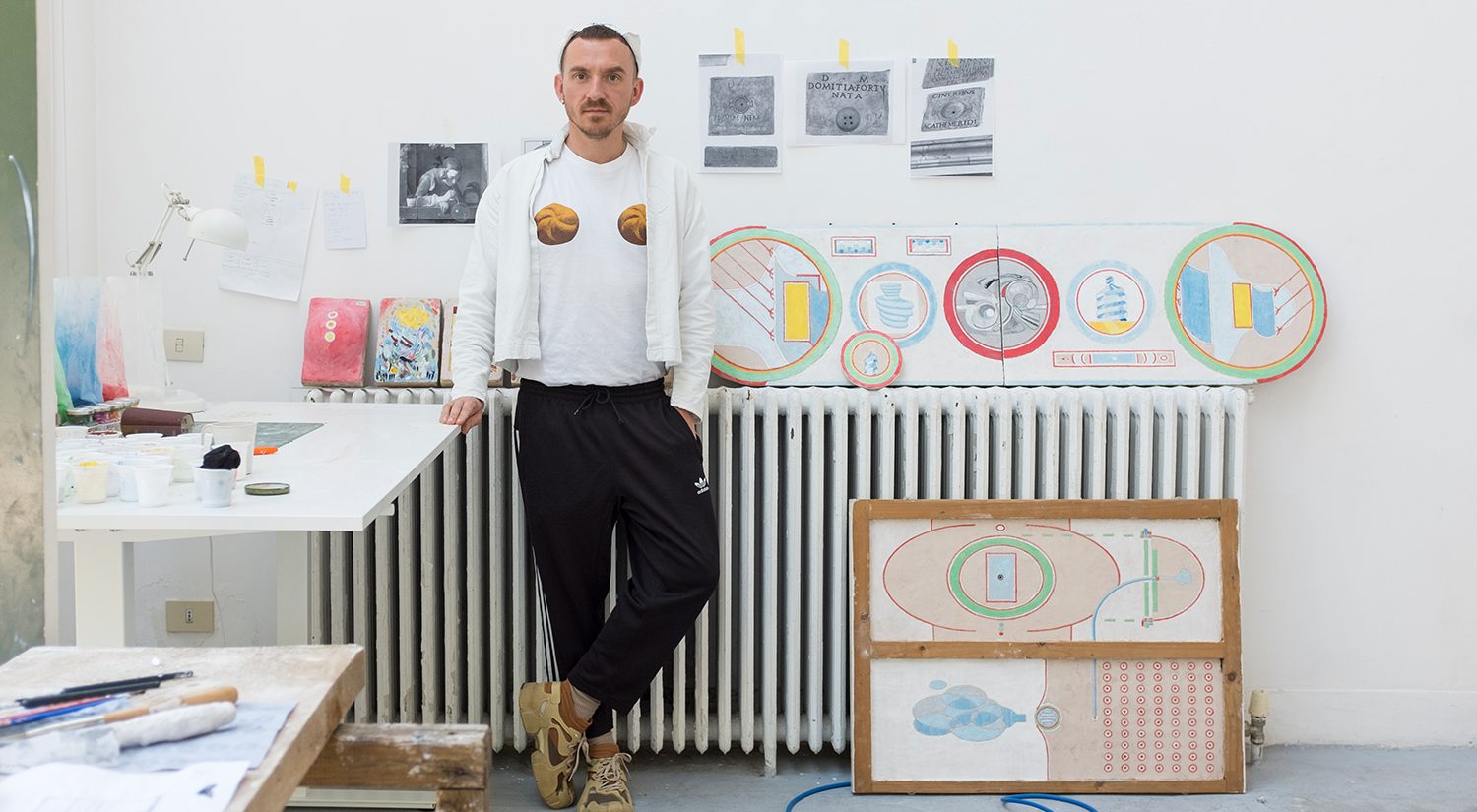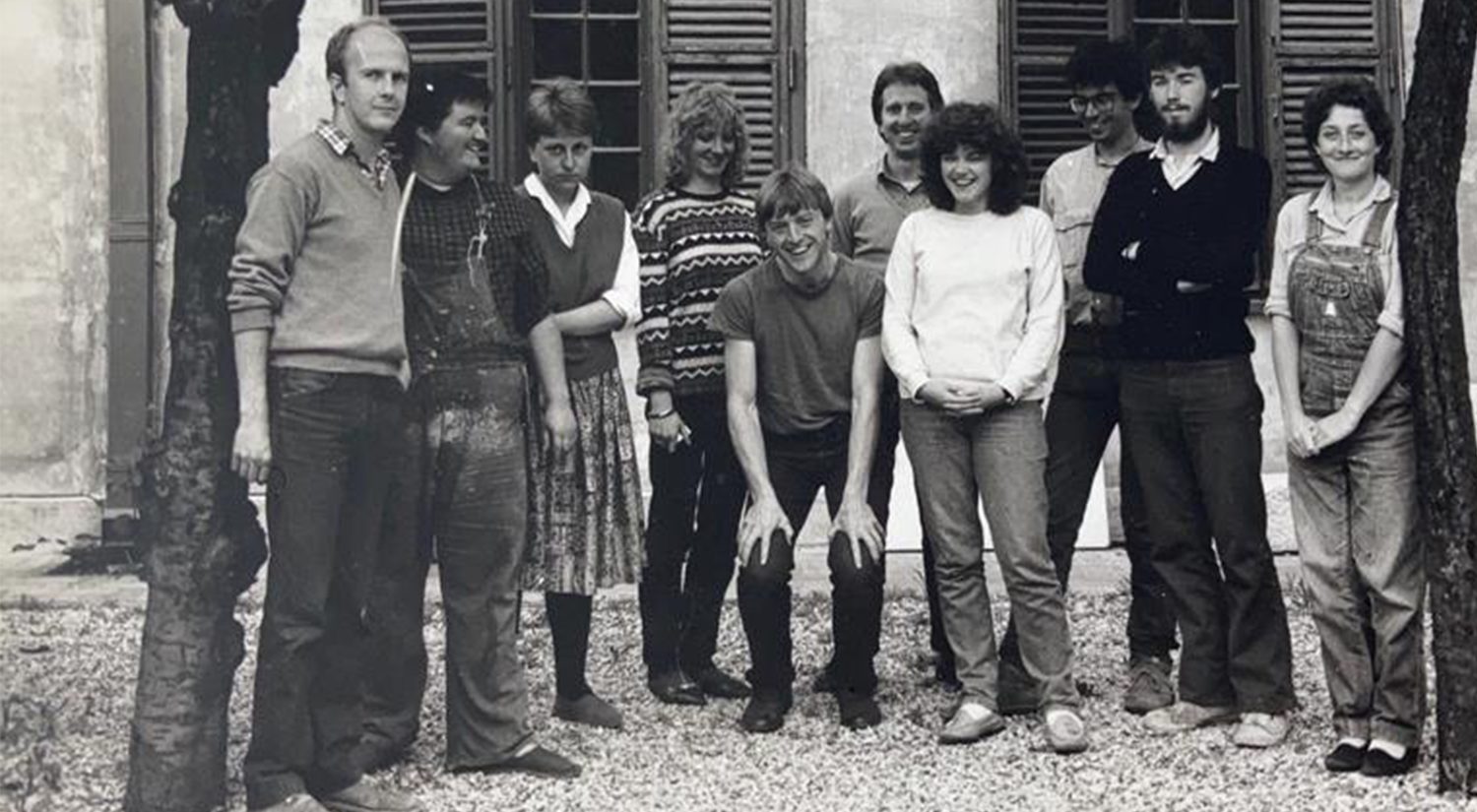An interview with Rafal Zajko, Abbey Fellow in Painting, in which he speaks about the work he has produced during his residency at the BSR from April to June 2024, ahead of the Summer Open Studios.
Could you tell us more about the research you are developing during your three-month residency at the British School at Rome?
In recent years my practice has expanded to incorporate the use of wall murals (Fig. 1). For my residency at the BSR I wanted to dig deeper into the rich and vast history of the wall mural and its more ancient origins in frescoes. Italy with its rich history of this medium from the ancient world through the renaissance to contemporary practises provided the perfect location to expand my understanding – learning this history as well as the practical techniques and processes to expand my own practice.

In my first week I was introduced to Anna de Riso Paparo, a Rome-based restorer of paintings and archaeological frescos. She guided me through the history of fresco painting, introducing me to different techniques and theories around the subject (Fig. 3). I was struck by how the process of fresco production has very sculptural aspects with the variety of surface materials, techniques, and mixtures that were brought together in an almost alchemical manner. From the preparation of the grounds, the first layer of mortar and lime mix (aricio), to the subsequent layers (intonaco) and the pigment application. I revelled in this time spent testing different finishes, pigments and inserts including different coloured marble powders, volcanic ash and crushed ceramic (pozzolana).

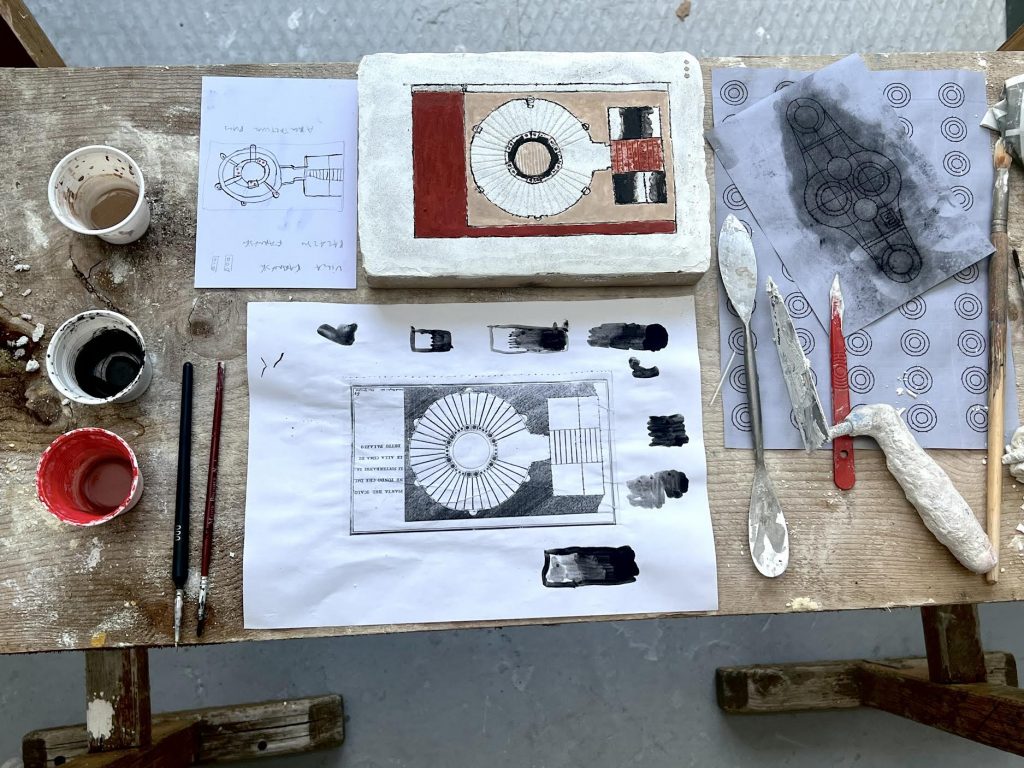
Beyond the studio the residency has also been an opportunity for me to experience some soul-enriching visits to sites in and around Rome. My first encounters with fresco were at Palazzo Massimo, Villa D’este and Villa Adriana in Tivoli, Ostia Antica, followed by a trip to Naples and long-awaited pilgrimage Herculaneum, Pompei (Fig. 4) and Museo Archeologico Nazionale.
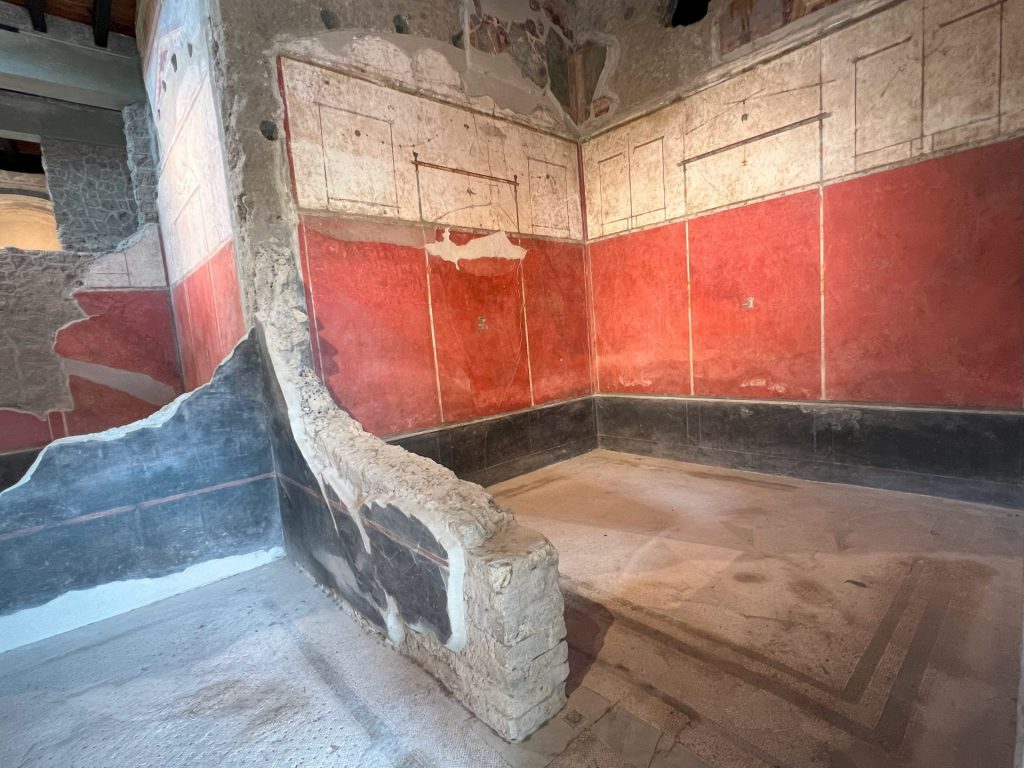
The themes of rebirth and resurrection have been common in my past work. In “Resuscitation’; a series of sculptures produced pre-covid (2019/2020) were activated performatively by breathing life into them. This act connected with the cyclicality of nature, bodily cycles and ritual.
Spending time with the many scholars at BSR from different fields has sparked a newfound fascination in Etruscan history and culture, particularly their funerary rites. This led me to make excursions to visit the necropolises in Tarquinia and Cerveteri (Fig. 5), which contain some fresco examples dating back to the 6th century BC. I was influenced by the architectural plans and motifs from some of these locations, which eventually found their way into my studio work (Fig. 6).
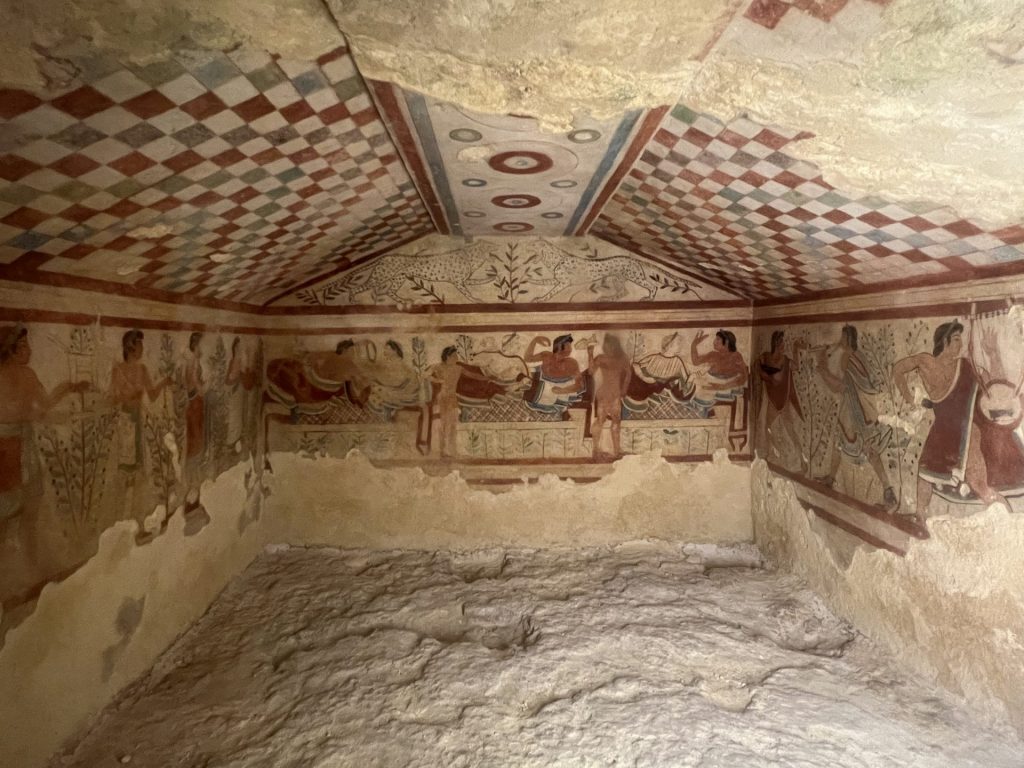
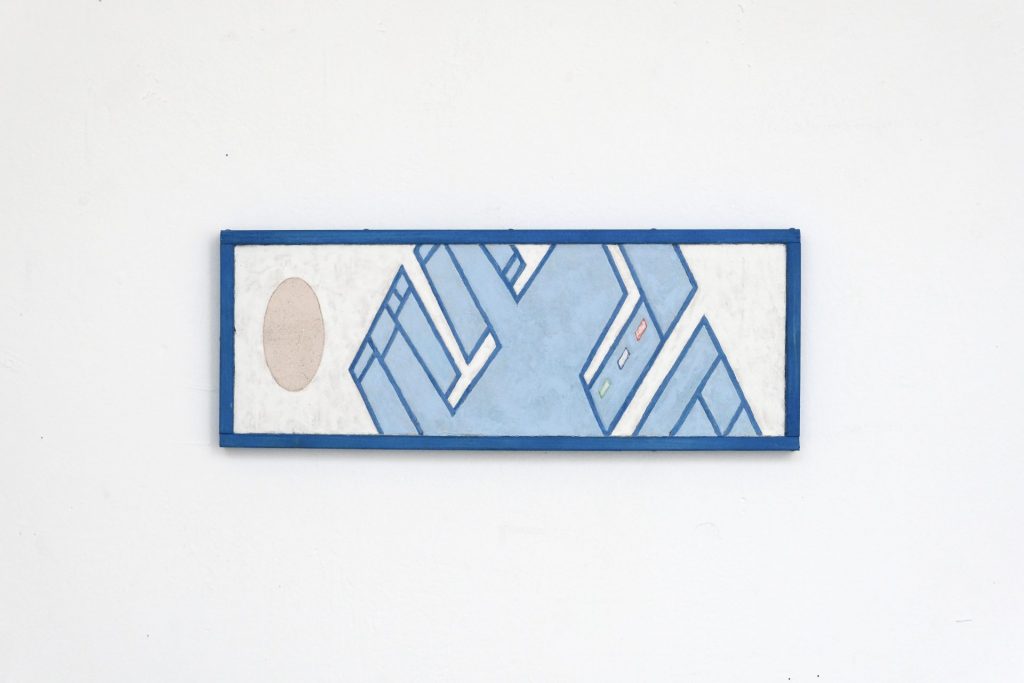
The subsequent pilgrimage to the Tomba Brion, a mid-1960s architectural marvel by Carlo Scarpa (Fig. 7) was a turning point during my residency. I made a pilgrimage to Veneto (and Venice) to see his works and was particularly drawn to his use of ancient Roman-style libation tubes for his own tombstone. Those special openings in the tombs / graves originally contained sets of funnels where the family of the diseased could share a drink (water or wine) with relatives in the other world, merging the past, present and the future in a ritualistic manner (Fig. 8).


For the opening of BSR Summer Open Studios you are working on a new performance piece. Could you expand on this?
“Returnity” is a performance piece in which I aim to process some feelings around mental burnout, nostalgia, loss and revival. We live in times of constant remakes and “throwbacks” – refreshing the familiar is a common trope in late capitalism. A discarded muffler from a Vespa motorbike was the first object I bought after arrival in Rome (Fig. 9). During the performance I will attempt to bring it back to its original function using my own breath (Fig. 10).
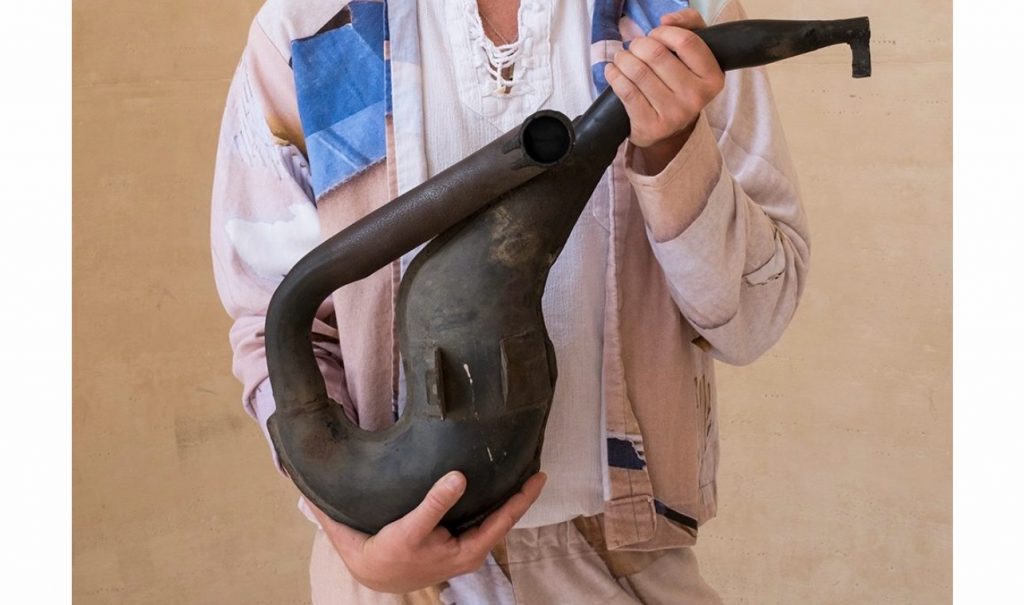

For this two-person performance I will be collaborating with opera singer Veronica Vasta. The staging of the performance will consist of a life-size maquette of the sarcophagus that I made whist on the residency which has been inspired by the colours of Etruscan pottery (Fig. 11, 12, 13).
